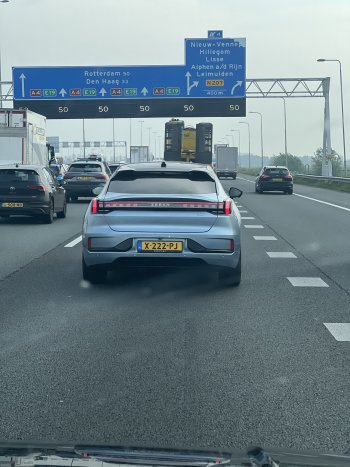Is anyone now after a Lotus Evija X after it did that crazy Nurburgring lap time?
6min:24.047sec
345km/h top speed on the long straight, some crazy speeds in other places. Through some corners it wasn't any quicker than the AMG One (comparing the two), so it 2000+hp and brutal acceleration is helping it.
I cannot say I'd like to be a passenger in that machine.
In regular EVs, I didn't mind the new Mini Aceman, it has about the right size and room inside, but I probably won't like the price.
6min:24.047sec
345km/h top speed on the long straight, some crazy speeds in other places. Through some corners it wasn't any quicker than the AMG One (comparing the two), so it 2000+hp and brutal acceleration is helping it.
I cannot say I'd like to be a passenger in that machine.
In regular EVs, I didn't mind the new Mini Aceman, it has about the right size and room inside, but I probably won't like the price.


